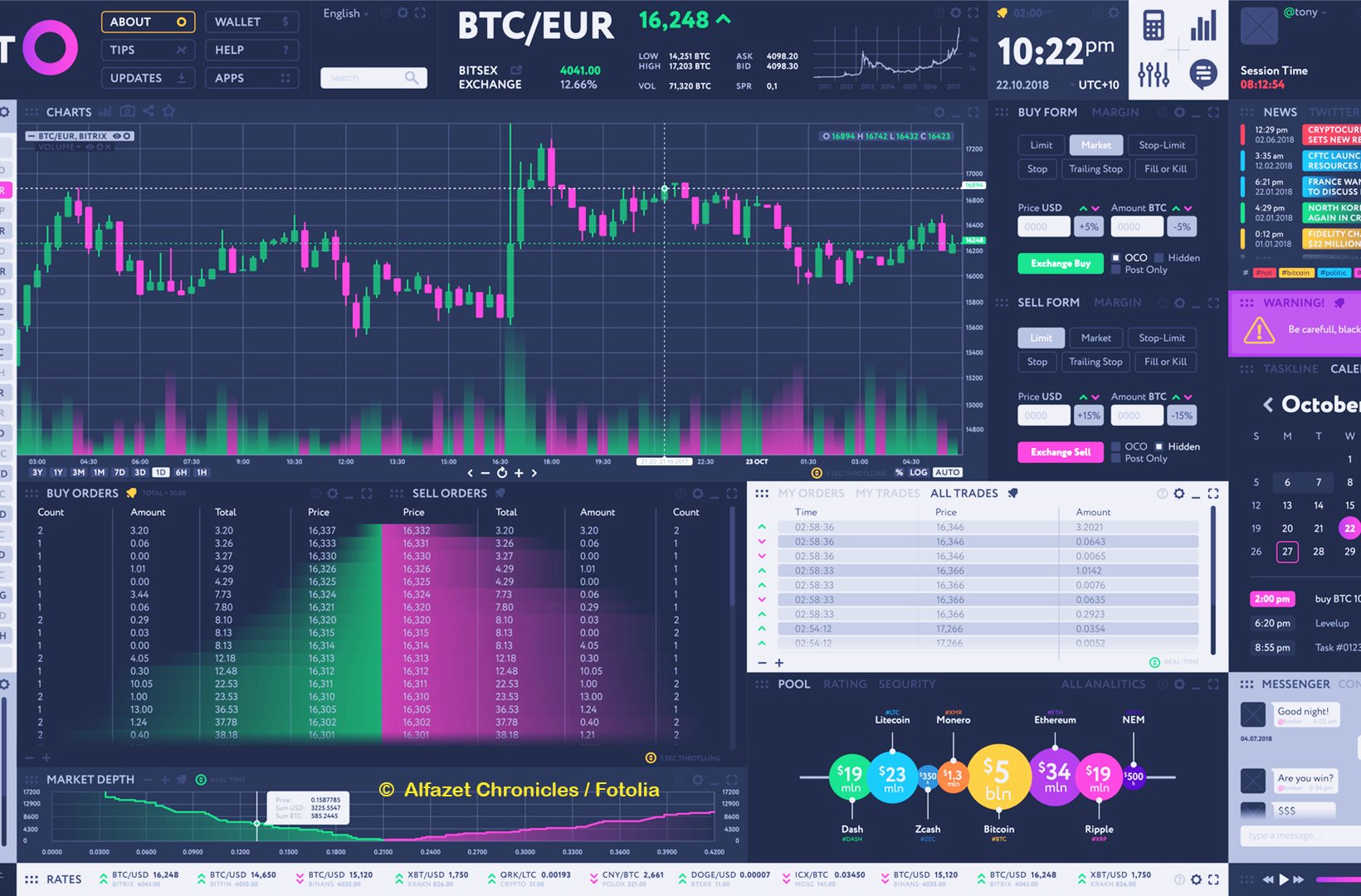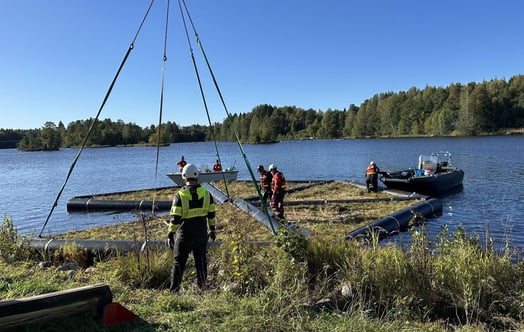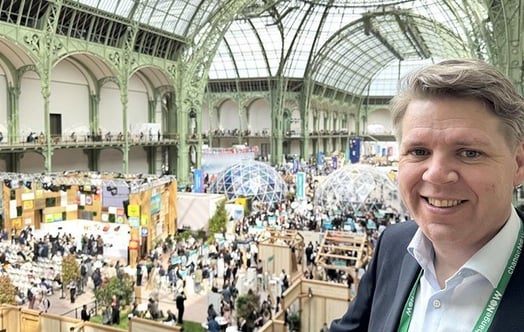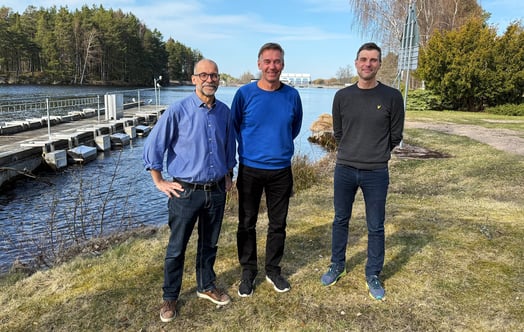
Blockchain in energy trading closer to realisation
With Enerchain, Vattenfall Trading is engaged in developing blockchain for energy trading of the future.
Focus of Enerchain is on the execution of bilateral trade of physical electricity and gas within Europe. Blockchain technology could, in future, be used to make this series of complex transactions more efficient, as processes could be streamlined, and reduce costs, as there would be no middleman.
 The first phase of the Enerchain project, the Proof of Concept (PoC), is now complete. In the current stage, the plan is to set out the commercial and legal parameters of the project and continue to develop functional and non-functional requirements in order to have a minimum viable product accepted by the involved parties which has just the core features sufficient to deploy the product, to satisfy early customers and to provide feedback for future product development.
The first phase of the Enerchain project, the Proof of Concept (PoC), is now complete. In the current stage, the plan is to set out the commercial and legal parameters of the project and continue to develop functional and non-functional requirements in order to have a minimum viable product accepted by the involved parties which has just the core features sufficient to deploy the product, to satisfy early customers and to provide feedback for future product development.
"With the PoC we were able to understand blockchain's potential and challenges for our industry," concludes Carol Inoue Dick, Business Developer at Vattenfall Trading, of the trials that took place from summer 2017 to March 2018. During this phase, the project team assessed whether the project was fundamentally feasible. "We looked at various options on how to apply the blockchain concept and examined the prerequisites that need to be met if it is to be put into practice within the field of wholesale energy trading. From this, the group of participants decided that we would like to make Enerchain jointly owned while maintaining the partnership with Ponton – the software company that initially started the project."
From the test to the project phase
A key step in the interim phase is to establish a legal structure for the Enerchain platform. Although no intermediary is needed at the transaction level, the legal entity responsible for the platform enables participating companies to represent and advocate the project and to conclude contracts with other market participants.
"In addition to standard trading products such as intraday, day ahead and base load deliveries of different so-called granularity or delivery periods, displayed on the trading screen up to now, this phase could incorporate non-standard trade products such as load curves and bespoken - tailor-made - delivery periods into the developments," explains Carol Inoue Dick. "Ultimately, the plan is also to expand Enerchain to include post-trade processes and third parties that offer additional services in energy trading, such as data providers."
Blockchain: Helping the energy transition to succeed
The project originally featured 23 participants. Participation has since grown to major companies from all over Europe, including RWE, Eon, Uniper and EnBW from Germany, Wien Energie from Austria, and Enel from Italy. Blockchain technology opens up a raft of possibilities when it comes to the future of energy trading.
"In addition to more efficient, more cost-effective transactions in electricity and gas trading, blockchain technology could, in future, be used as the basis for integrating decentralised generation assets into the grid with the minimum of difficulty. This would be of major benefit to the expansion of renewable energies. What's more, distributed, tamper-proof storage of transaction data would enable parties to relay proof of authenticity for renewable electricity," states Carol Inoue Dick about the future.
However, in addition to the ongoing development of the technical processes, a broader framework needs to be drawn up. "The technical development of the infrastructure and its performance is evidently one of the core activities, but it is not the only one. We are working on several other aspects that need to be addressed so that the project can go live. There are different working groups investigating issues related to governance, regulation, and liquidity, to name a few. We must remember that we are competitors creating something together, which also requires another way of working, more cooperative, but always considering the competition law".
Besides Enerchain, many blockchain projects are currently being carried out, with each one focusing on specific aspects of energy trading. Vattenfall Trading is also involved in NEW 4.0, focused on flexibility and local products for the north of Germany, and in the BTL Interbit Platform, which uses Blockchain for post-trade processes for the gas market, and is to be scaled up to other commodities. Enerchain is the blockchain project that has made the most progress so far.
Vattenfall will host the next Enerchain physical meeting with around 60 participants in Hamburg in September.
Links
At the forefront: Field Trial On Blockchain Technology
Enerchain presented with an award by the Federal Ministry for Economic Affairs and Energy
Ponton GmbH summarises the key findings of the test phase
Trading through Blockchains
Each deal to sell or buy energy causes transaction costs and has to be processed in Vattenfall's trading, reporting and controlling systems.
With Blockchain, Vattenfall and other trading firms can buy and sell energy without going through a centralised energy market place and in that way save money.
By lowering transaction costs, blockchain technology will also enable the trading of small scale decentralised production and consumption, for example private homes with solar panels. In this way the technology has the potential to be a key puzzle piece of the new energy landscape.



